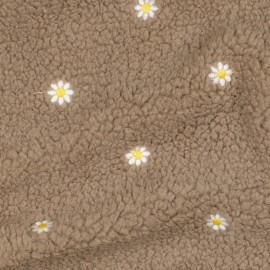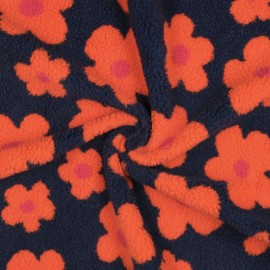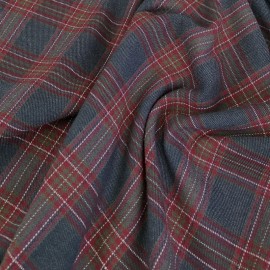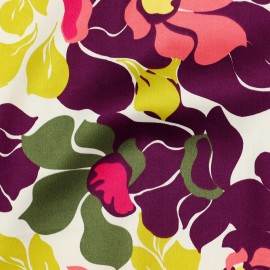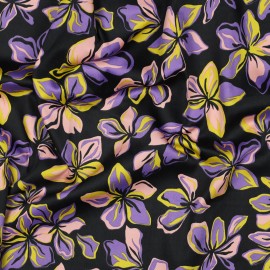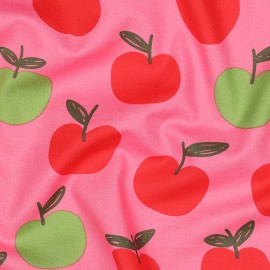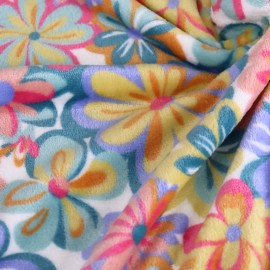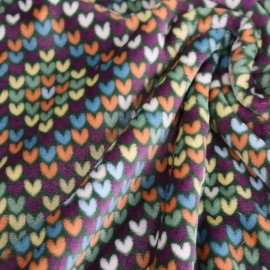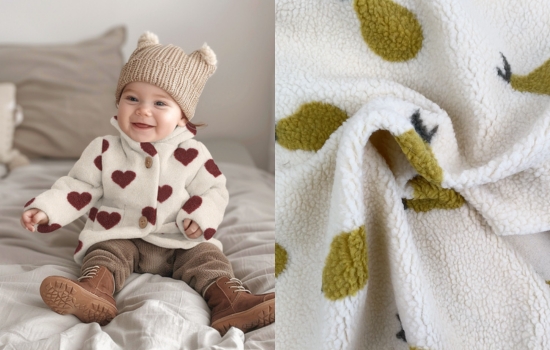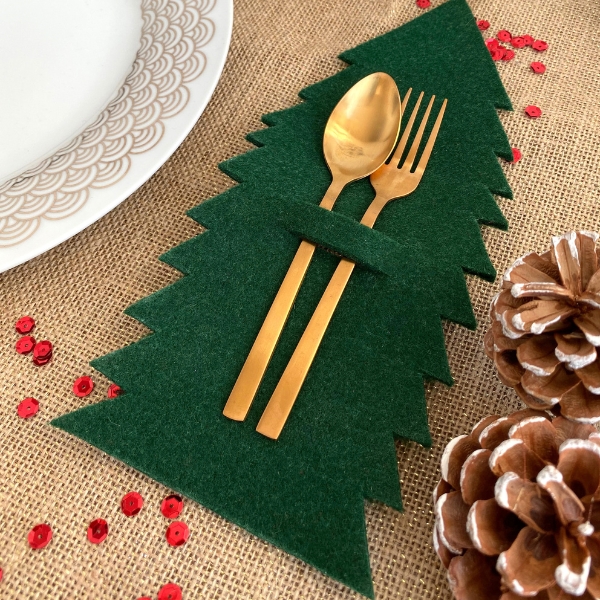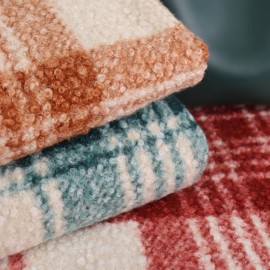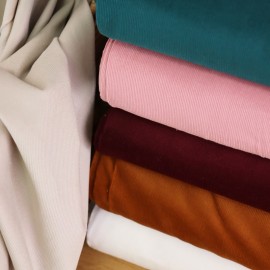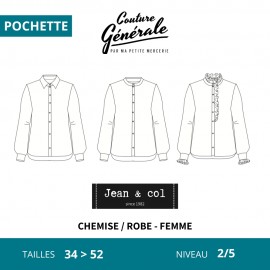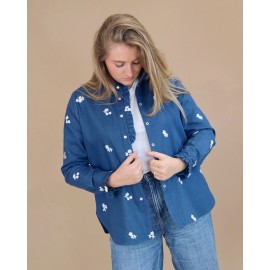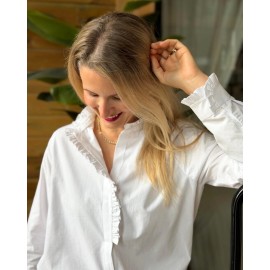Livraison offerte dès 49€ d'achats* / Le patron de la saison
Tissus et articles de mercerie pour la couture
Les machines à coudre Pfaff Ambition 620 et 640 sont de retour en stock ! Offrez-vous une couture simple et efficace avec l'un de nos bestsellers !
Le printemps arrive et, avec lui, notre nouvelle collection de tissus indiens en voile et matelassés 100% coton pour des créations colorées et estivales : boutis, coussins, gilet sans manches...
Vous l'adorez pour vous tenir chaud l'hiver, découvrez nos tissus sherpa en fausse fourrure mouton pour vos gilets sans manches, vestes et doublures douillettes...
Vous rêvez de coudre sans trop dépenser ? Notre sélection exclusive de patrons gratuits est faite pour vous ! Que vous soyez débutant ou expert, ces modèles PDF à télécharger vous permettent de créer des vêtements, accessoires ou même des projets pour les tout petits en toute simplicité.
Envie d'apprendre à coudre ou de vous perfectionner en couture facilement ? Découvrez notre large sélection de box couture pour tous les niveaux et toutes les envies.
Retrouvez des prix exceptionnels sur des milliers de tissus au mètre issus de fins de série pour tous vos projets couture.
Retrouvez de nombreuses astuces pour faire durer vos vêtements et leur donner une seconde vie !
Les histoires de Ma
Petite Mercerie
Envie d'en savoir plus sur nos partenaires ? Découvrez l'histoire des hommes et des femmes avec qui nous travaillons régulièrement pour vous proposer les meilleurs produits et services.
 Découvrir
DécouvrirLa vraie vie de Ma
Petite Mercerie
Visitez nos coulisses à travers une photothèque pleine de bonne humeur, qui retrace les moments forts de la vie interne de Ma Petite mercerie.
 Découvrir
Découvrir♥ Plus de 10000 réalisations sur #mapetitemercerie ♥
Ma Petite Mercerie : la destination incontournable des passionnées de couture !

Depuis 2010, Ma Petite Mercerie est la destination incontournable pour des expériences couture inoubliables et des tissus de qualité exceptionnelle. Nichée dans le sud-ouest de la France, notre entreprise fièrement implantée en territoire rural s'est imposée comme un acteur unique dans l'univers de la couture, de la mode et du DIY.
Une sélection pointue pour toutes vos envies couture
Ma Petite Mercerie se distingue par une sélection rigoureuse de tissus au mètre et d'articles de mercerie, provenant de fabricants et créateurs de renommée internationale. Nous nous engageons à offrir à chaque passionnée de couture la réponse parfaite à ses besoins, grâce à un catalogue de plus de 30.000 références inspirées des derniers courants créatifs. Que vous soyez une couturière débutante ou expérimentée, Ma Petite Mercerie vous propose tout ce qu'il vous faut pour donner vie à vos projets : des tissus de qualité aux derniers patrons tendance, en passant par les accessoires indispensables pour un atelier couture bien équipé. Dans notre magasin de couture, vous trouverez des produits rigoureusement sélectionnés pour leur qualité, leur durabilité et leur respect des personnes et de l’environnement. Nous partageons avec nos fournisseurs des valeurs fortes qui se traduisent par un engagement constant dans la création responsable et la promotion de pratiques durables.
Une aventure humaine entre passionnés
Bien plus qu'une simple mercerie en ligne, Ma Petite Mercerie est une aventure humaine portée par des passionnés de couture. Nous soutenons activement des associations locales et nous nous engageons chaque année dans la lutte contre le cancer du sein à l'occasion d'Octobre Rose. En choisissant Ma Petite Mercerie, vous rejoignez une communauté qui valorise le savoir-faire, la créativité et le respect de l'environnement. Pour en savoir plus sur notre histoire et nos engagements, découvrez comment Ma Petite Mercerie continue de transformer chaque projet de couture en une véritable expérience inoubliable et responsable.





















